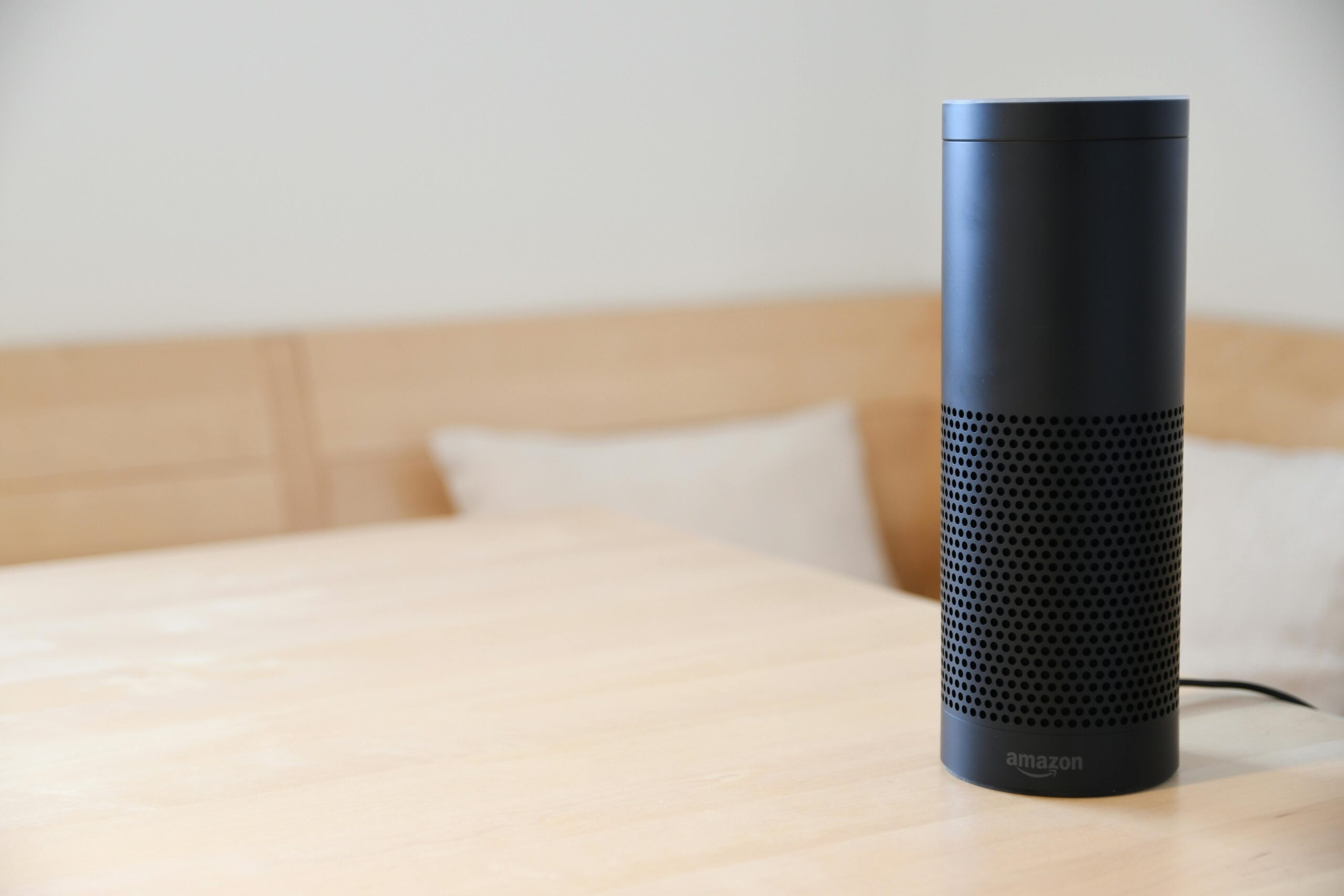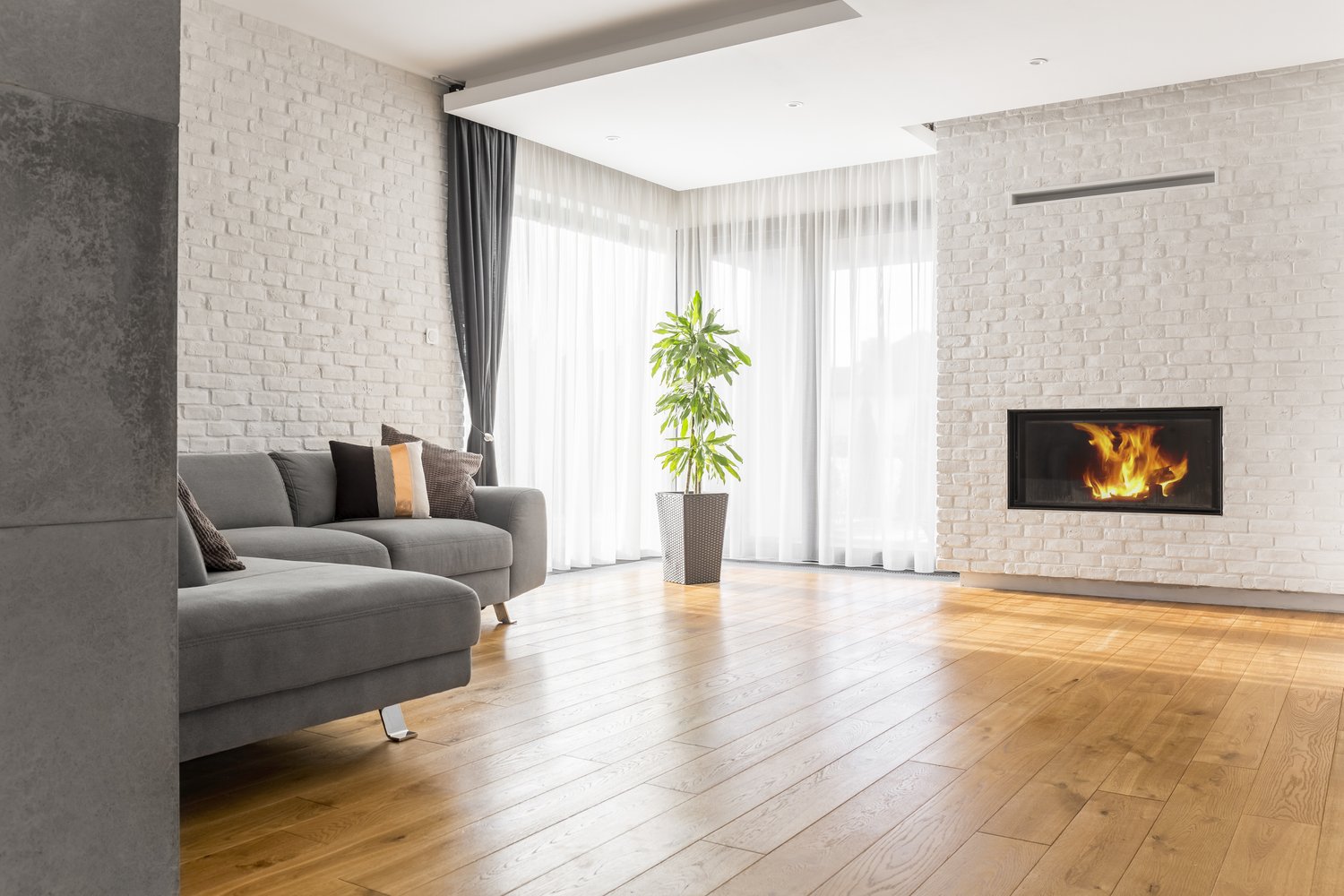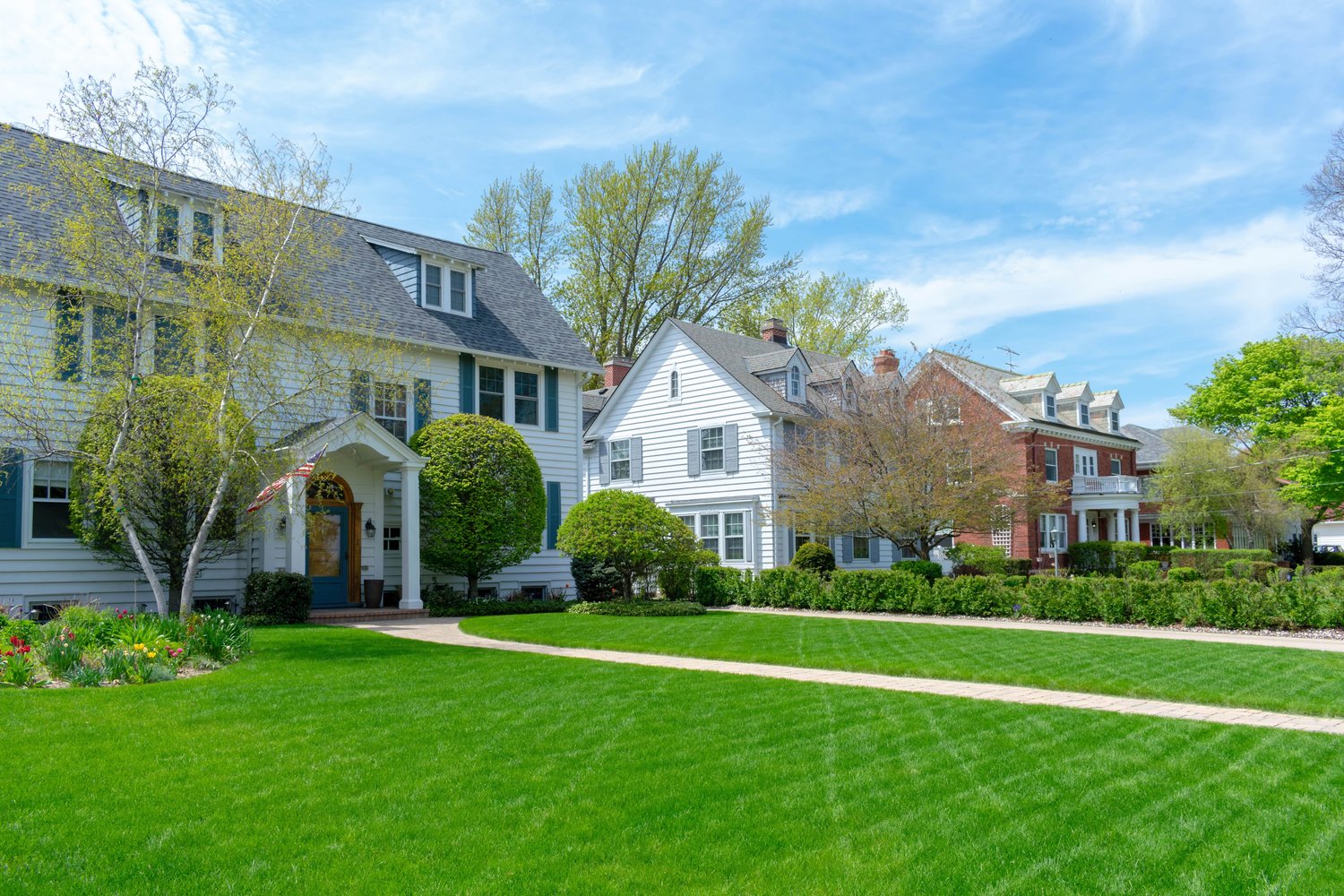The modern home is evolving rapidly as smart technology becomes more accessible and affordable for average homeowners. Smart home upgrades offer convenience, energy efficiency, enhanced security, and can even increase property values. This article explores the most popular and beneficial smart home devices currently available, including thermostats, lighting systems, and security features. We’ll examine how these technologies work together to create a more comfortable, efficient living environment while potentially adding significant value to your property.
Smart Thermostats: Comfort and Efficiency Combined
Smart thermostats represent one of the most practical and value-adding smart home upgrades available today. Unlike traditional thermostats, these intelligent devices learn your schedule and preferences, automatically adjusting temperatures to optimize both comfort and energy usage. The smart thermostat value proposition is compelling: most manufacturers claim energy savings between 10-23% on heating and cooling bills, often paying for themselves within two years of installation.
Popular models from companies like Nest, Ecobee, and Honeywell connect to your home’s WiFi network, allowing you to control your home’s climate remotely via smartphone apps. Many integrate with other smart home devices through platforms like Google Home, Amazon Alexa, or Apple HomeKit. Advanced features include geofencing (which detects when you’re approaching home), humidity sensors, and maintenance reminders. Some models even generate monthly energy reports to help you understand and optimize your usage patterns further.
Intelligent Lighting Systems: Beyond Simple Illumination
Smart lighting has evolved far beyond the novelty of clap-on, clap-off lamps. Today’s best smart home devices for lighting include bulbs, switches, and complete systems that can transform how you experience your living space. These systems allow you to control brightness, color, and timing from your smartphone or through voice commands.
The home automation benefits of smart lighting are numerous. You can program lights to gradually brighten in the morning for a more natural waking experience, automatically adjust based on natural light levels throughout the day, or create preset “scenes” for different activities like cooking, entertaining, or relaxing. Motion sensors can turn lights on automatically when you enter a room and off when you leave, reducing wasted energy. Integration with security systems means lights can flash during emergencies or simulate occupancy when you’re away, deterring potential intruders.
Home Security: Peace of Mind at Your Fingertips
Smart security devices have revolutionized home protection, making sophisticated systems accessible to average homeowners. Video doorbells like Ring and Nest Hello allow you to see and speak with visitors remotely, while smart locks enable keyless entry and the ability to grant temporary access to guests or service providers. According to research from AskHomey, smart security systems rank among the top desired features for home buyers under age 40.
Complete security systems now offer professional-grade monitoring without long-term contracts. Features include motion detection cameras, door/window sensors, glass break detectors, and integration with other smart home devices. Many systems allow you to create custom alerts, such as notifications when children arrive home from school or if unexpected motion is detected during certain hours. Cloud storage for security footage means evidence is safely preserved off-site in case of break-ins or other incidents.
Voice Assistants: The Central Command for Your Smart Home
Voice assistants like Amazon’s Alexa, Google Assistant, and Apple’s Siri have become the connective tissue of many smart home setups. These AI-powered helpers allow for seamless voice control of compatible devices throughout your home. Beyond simply turning devices on or off, they can execute complex routines with a single command. For example, saying “Good morning” could trigger your assistant to turn on lights, adjust the thermostat, read your calendar appointments, and start brewing coffee.
The convenience factor of voice assistants cannot be overstated as a key home automation benefit. They eliminate the need to open multiple apps or remember complex control sequences. For people with mobility issues or disabilities, voice control represents a significant advancement in accessibility, allowing independent control of home environments that might otherwise require assistance.
Smart Appliances: The Kitchen and Laundry Room of Tomorrow
Smart appliances are increasingly common and offer practical conveniences that go beyond novelty features. Smart refrigerators can track inventory, suggest recipes based on available ingredients, and alert you when food is approaching expiration. Connected ovens allow remote preheating and monitoring, while smart dishwashers can automatically order detergent when supplies run low.
These innovations save time and reduce waste, but the upfront investment is significant. When considering smart home upgrades, appliances typically offer a lower return on investment compared to thermostats, lighting, or security systems. However, as the technology continues to mature and become standardized, smart appliances will likely become the norm rather than the exception in new construction and renovations.
For more tips and to connect with reliable home service professionals, follow AskHomey on Facebook and Instagram.



